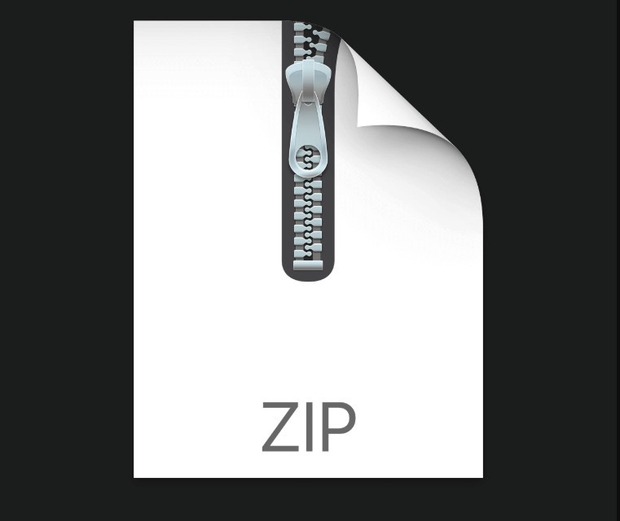$30

Natural-language Project 6-QA System II Solved
For PA 6, you should build upon the QA system you started in PA 5. Your PA 5 system performed QA by re-expressing questions as "answer patterns" that could be searched for in order to find a direct match that would answer the question. In PA 6 you will extend this so your QA system does not have to rely on finding exact matches. Simply turning in a program that only has PA 5 functionality for PA 6 will result in no credit.
In PA 6 you should enhance the functionality of your QA system in three ways :
1. Your system should have at least one enhancements to query reformulation,
2. at least one enhancements to answer composition, and
3. Your system should decide between multiple candidate answers based on a confidence score you compute.
Details on each of these follow:
(1) You should have a minimum of two enhancements to query reformulation.
In PA 5 your query reformulation created answer patterns that would locate exact matches to question answers (at least in some cases). In PA 6 you should generalize query reformulation so that it does not simply rely on answer patterns, and does more general searches when answer patterns do not succeed. You should take a back off strategy and search for fewer and fewer words in the question until you find matches.
You should also support query expansion, which will add words to your query that weren't found in the original question. For example, you could consider expanding the words in your query using x, or you could conduct a search of Wikipedia to find related terms that could be used in a query. These are just a few possibilities.
(2) You must also have a minimum of two enhancements to answer composition.
Your program should not simply rely on finding an answer expressed in complete form in a search result (as you did with PA 5). Instead, your program should be able to ccombine smaller pieces of information into a single answer when no such exact answer is available (ie tiling). You should certainly take advantage of complete answers when you find them in the search results, but you should not assume that you will always find these for all questions.
(3) You should also have a method for assigning a confidence score to each of your possible candidate answers.
The scores you assign should be shown in your log file, and your system should always report the answer with the highest score. In general your confidence scores should be tied to your query reformulation and pattern matching, where an exact match of a pattern should have a high confidence score, whereas a partial match that requires tiling to form an answer should have a much lower score. Your confidence scores should be real numbers in the range 0-1, where a score of 1.00 means your system is certain the answer is correct, while scores of 0.00 would mean there is no possibility the answer is correct. While these do not need to be computed as probabilities, you may wish to interpret your confidence scores as probabilities (where 0.80 means there is an 80% chance of being correct).
These enhancements should be clearly explained in your introductory comments and clearly labeled as Enhancement 1 to Query Reformulation and Enhancement 1 to Answer Composition (at a minimum, you may have more than these two enhancements if you like). You should also explain your scoring method in your introductory comments in a section labeled Confidence Scoring of Answers.
You should use a Perl module from http://search.cpan.org to interact with Wikipedia. One possibility is WWW::Wikipedia, which we went over in class. If you would like to use other modules, please let me know although all modules that you use must be available from CPAN.
Your program should run interactively, and prompt the user for questions until the user says "exit". Then your program starts it should output a message with your name and a short description of what the system does (see below). Then, a user should enter their question and the system should respond with an answer that is a complete sentence, and should not contain any information beyond that which is asked by the question. Note that this is not a conversational agent, so your system does not need to remember previous questions or answers, nor does it need to engage in "small talk". You may assume that your user will cooperate and only ask well-formed questions.
You should also keep a log file that records the users question, the searches you actually execute, the raw results you obtain from Wikipedia, the confidence scores associated with your possible answers, and finally the answer you generate for the user. You may also include any additional information in your log file that you might think would be helpful in debugging your program. The name of this log file should be given on the command line.
perl qa-system.pl mylogfile.txt
*** This is a QA system by Bridget McInnes. It will try to answer questions that start with Who, What, When or Where. Enter "exit" to leave the program.
=?> When was George Washington born? (user)
=> George Washington was born on February 22, 1732. (system)
=?> What is a bicycle?
=> A bicycle has two wheels and is used for transportation.
=?> Where is Duluth, Minnesota?
=>I am sorry, I don't know the answer.
=?> exit



